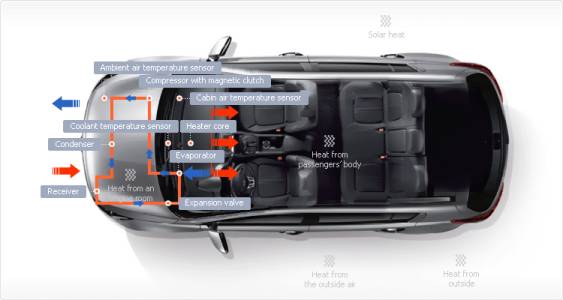
This comprehensive guide delves into the intricate workings of air conditioning (A/C) systems, providing a detailed understanding of their operational principles. Whether you're a seasoned HVAC technician, a curious student, or simply interested in the technology behind your home's comfort, this resource offers a clear and accessible explanation.
What You'll Learn:
This guide meticulously covers the following aspects of A/C system operation:
Who This Guide is For:
This guide is an invaluable resource for:
This detailed guide is not a substitute for professional training or hands-on experience with A/C systems. Always consult with a qualified HVAC technician for any repairs or maintenance.
DOOWON CLIMATE CONTROL INDIA PVT LTD
Vijayawada, andhra pradesh
["Service Providers"]
Looking for Best Price